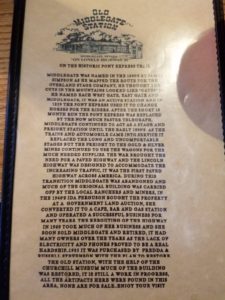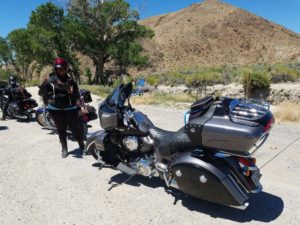The most common fatal injuries sustained by motorcycle riders are injuries to the head. The purpose of the motorcycle helmet is to help reduce fatalities and injuries resulting from motorcycle accidents. It was a pleasure hosting a motorcycle helmet clinic to educate motorcycle riders and passengers in the community.
Motorcycle riders adopted the use of helmets from the military, football, auto racing and space industries.
In 1918, the American National Standards Institute (ANSI) was established to oversee the development of voluntary consensus standards for products, services, processes, systems and personnel in the United States. The first American Standard Safety Code was approved in 1921 and covered the protection of the heads and eyes of industrial workers. Many standards produced by ANSI in the 1930s promoted safety in work and home environments. ANSI based standards is essentially for auto race driving helmets adopted or endorsed for use by motorcycle riders. ANSI formerly adopted its present name after numerous reorganizations and name changes in 1969.
Motorcycle riders wore leather caps made of sheepskin or gabardine leather until T.E. Lawrence (aka Lawrence Arabia suffered a fatal motorcycle crash and Hugh Carins lead the development of the motorcycle crash helmet in 1935.
In 1953, Professor C.F. Red Lombard submitted the first patent for a motorcycle helmet.
Snell Memorial Foundation has independently tested manufacturer’s helmets since 1957. Once a helmet is Snell certified, the manufacturer cannot make any design changes. Any structural modification made by a motorcycle rider such as drilling holes, paint, glue, adhesive stickers or solvents not approved by the manufacturer may make the helmet ineffective and automatically invalidate existing Snell certification because it could affect the performance quality of the helmet. Snell Standards are the toughest testing and performance standards in the world. Snell examines, revises, updates and republishes many of its standards about every five years.
In 1966, the National Highway Safety Act (NHSA) required states to pass mandatory helmet laws in order to receive Federal highway funding.
In 1967, the U.S. Department of Transportation was established to help maintain and develop the nation’s transportation system and infrastructure.
In 1970, Congress amended the Vehicle Safety Act to expand the definition of motor vehicle equipment to include “any device, article or apparel…to safeguard motor vehicles, drivers, passengers, and other highway users from the risk of accident, injury or death and the National Highway Traffic Safety Administration (NHTSA) was established to help reduce the number of deaths, injuries, and economic losses resulting from motorcycle vehicle crashes on the Nation’s highways.
On January 4, 1974, the U.S. Department of Transportation declared Federal Motor Vehicle Safety Standard No. 218 (FMVSS-218) for motorcycle helmets.
In 1975, Congress withdrew the requirements of the NHSA and many states repealed mandatory helmet laws.
On July 6, 2012, President Barack Obama signed into law a new two year transportation reauthorization bill, the Moving Ahead for Progress in the 21st Century Act (MAP-21), which modified the definition of “motor vehicle equipment adding the term “motorcycle helmet” to the description of regulated items.
Motorcycle helmets sold in the United States must meet Federal Motor Vehicle Safety Standard FMVSS 218. It is a violation of some state laws for motorcycle riders and passengers to wear unsafe novelty helmets with affix stickers perpetrating manufacturers certification labels that do not meet FMVS 218.
The National Highway Traffic Safety Administration requires motorcycle helmets manufactured after May 13, 2013 to include the phrase “FMVSS No. 128 on the certification decal with the manufacturers name or brand name and the word certified to make easy for riders and law enforcement to identify non-compliant helmets. Prior to May 13, 2013, the label requirements of FMVSS No. 218 consist of the letters “DOT” on the rear of the helmet. As of this date, there are no regulatory limits on the age of motorcycle helmets that may be used to comply with a state motorcycle helmet use law. Motorcycle riders and passengers can wear helmets with “DOT” made prior to the May 2013 label change requirements.
If you are planning a motorcycle ride crossing state lines, check the current helmet laws.
As of 2018, there is no helmet law in Illinois, Iowa and New Hampshire. Alabama, California, District of Columbia, Georgia, Louisiana, Maryland, Massachusetts, Mississippi, Missouri, Nebraska, New Jersey, New York, Nevada, North Carolina, Oregon, Tennessee, Vermont, Virginia and Washington require all motorcyclist and passengers to wear a helmet under universal helmet laws. Partial helmet laws states of Alaska, Arkansas, Arizona, Colorado, Connecticut, Delaware, Florida, Hawaii, Idaho, Indiana, Kansas, Kentucky, Maine, Michigan, Minnesota, Montana, New Mexico, North Dakota, Oklahoma, Ohio, Pennsylvania, Rhode Island, South Carolina, South Dakota, Texas, Utah, Wisconsin and Wyoming requires motorcycle riders to have medical insurance coverage.
Higher insurance premiums for motorcycle riders that wear helmets in states that do not require protection because helmetless motorcyclist in most cases are uninsured at the time of serious injury or fatal accident. For example, the state of Michigan requires motorcycle riders to have at least $20,000 of medical benefit coverage on their motorcycle insurance if they plan to ride without a helmet which would likely raise insurance cost. If a motorcycle rider is uninsured or under insured, their treatment cost is often funded by state public health programs.
A high number of motorcycle crash fatalities has shown motorcyclist wearing sub-standard motorcycle helmets not intended for highway use providing little or no head protection resulting in high cost to tax payers.
When shopping for a motorcycle helmet check for the following labels to certify the helmet meets or exceeds FMVSS 218.
• DOT prior to May 13, 2013
• FMVSS No. 128 after May 13, 2013
• Snell inside the helmet.
• American National Standards Institute (ANSI) inside the helmet
• Manufacturers name on or inside the helmet stating model, size, month and year of manufacture, construction materials and owners information.
Make sure your helmet is a good snug fit and it can stay on your head after fasting the chin strap when you shake your head from side to side and up and down.
If your helmet takes a hit or drop on the ground, it should be replaced immediately because the expanded polystyrene (EPS) inside the helmet absorbs the energy of an impact spreading the forces throughout the helmet material, which is used to protect your head and brain. Although the helmet may appear normal, the inner EPS foam may have lost absorbing capability and may provide little or no protection during a motorcycle accident. You may consider contacting the manufacturer to request having your motorcycle helmet x-rayed by a professional to confirm if the inner layers of the helmet are still in good condition.



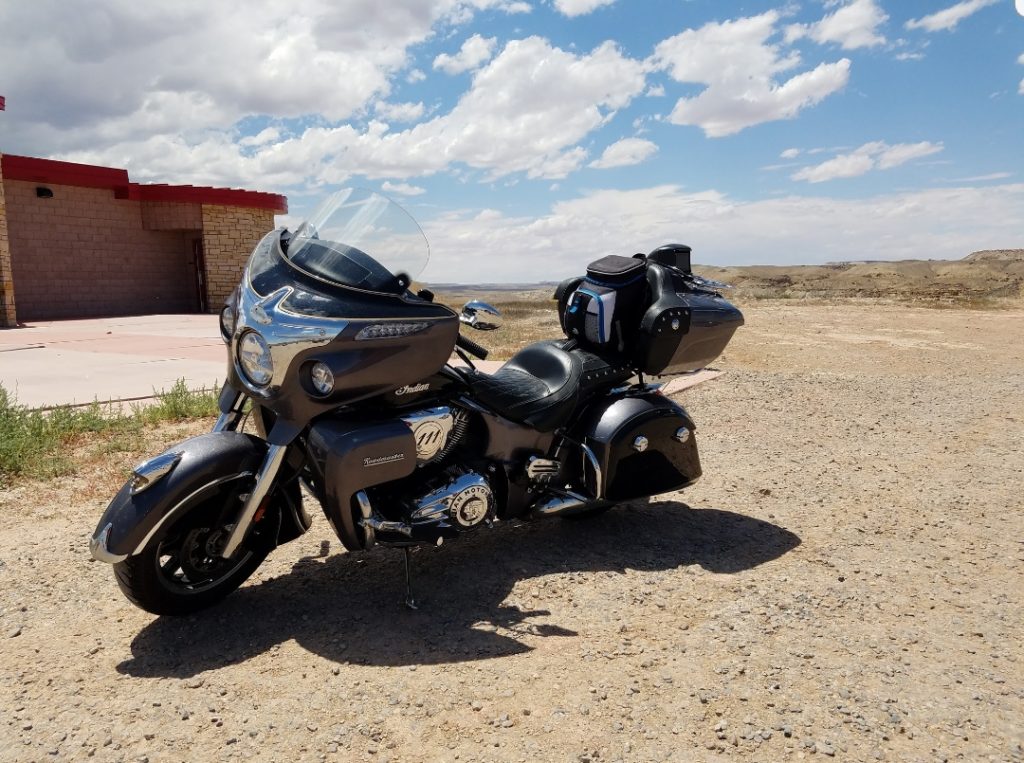


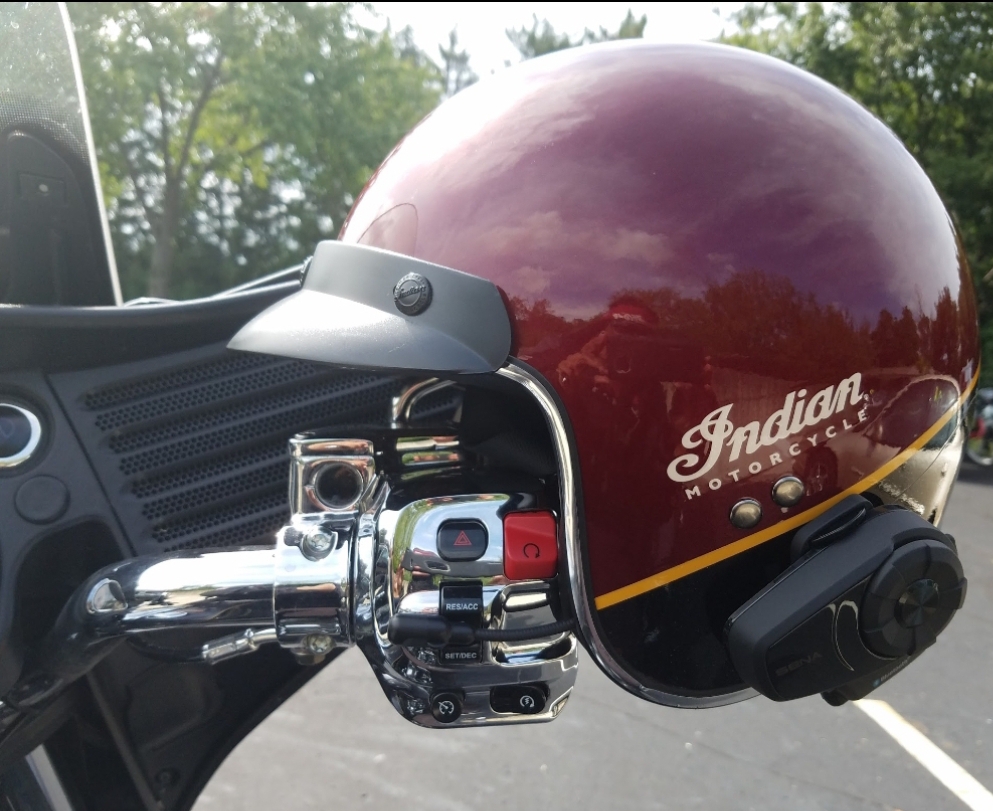





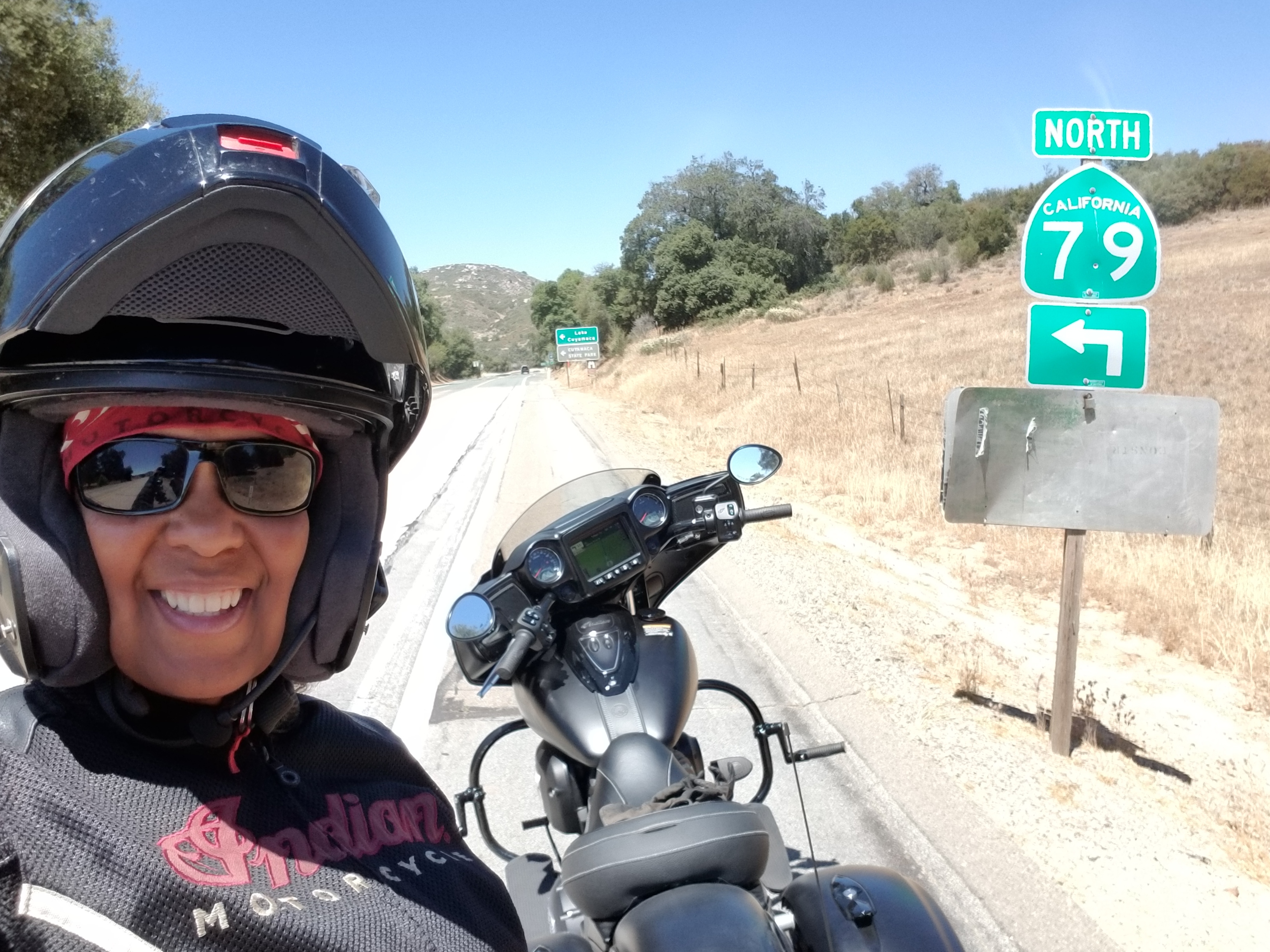









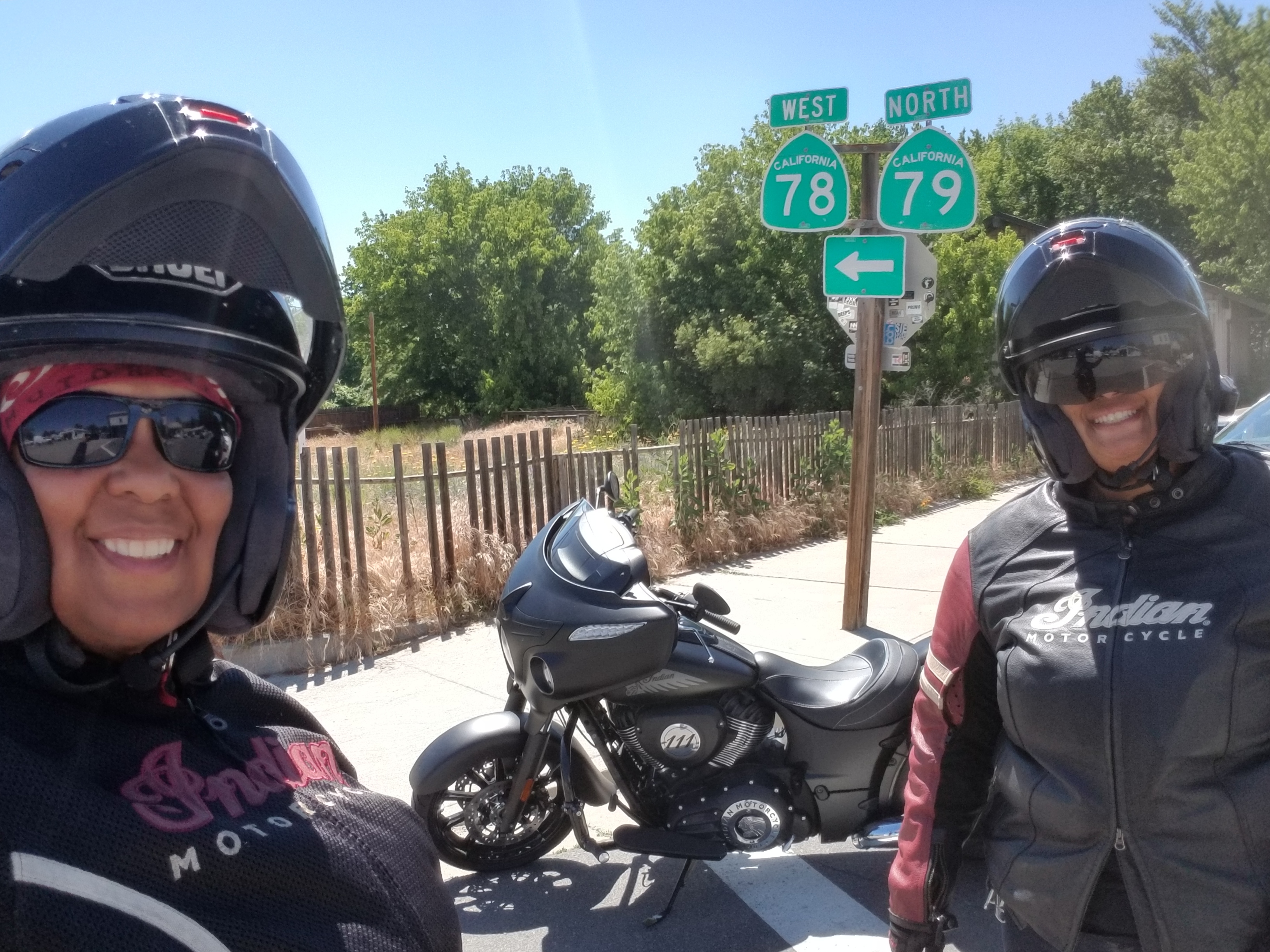

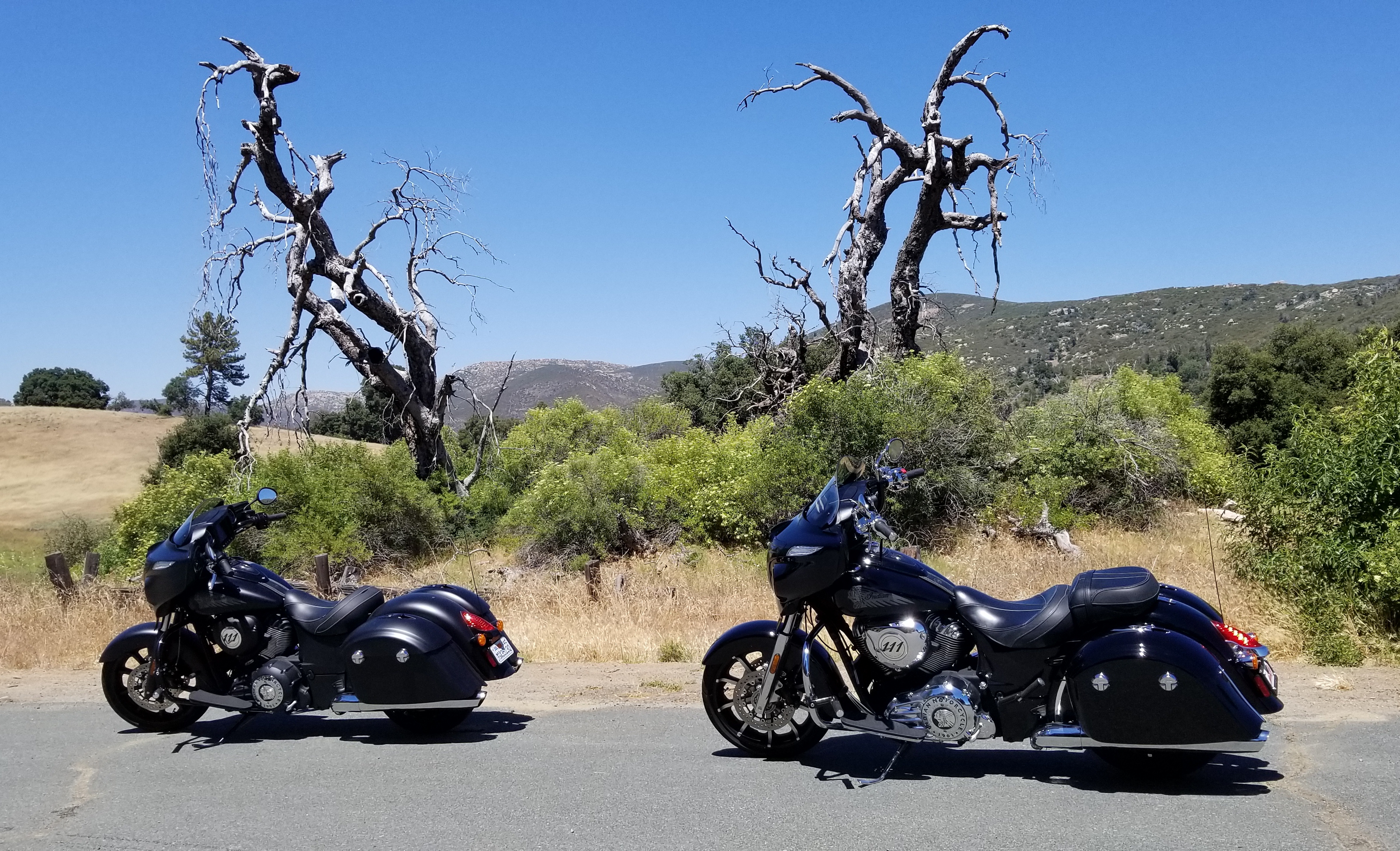






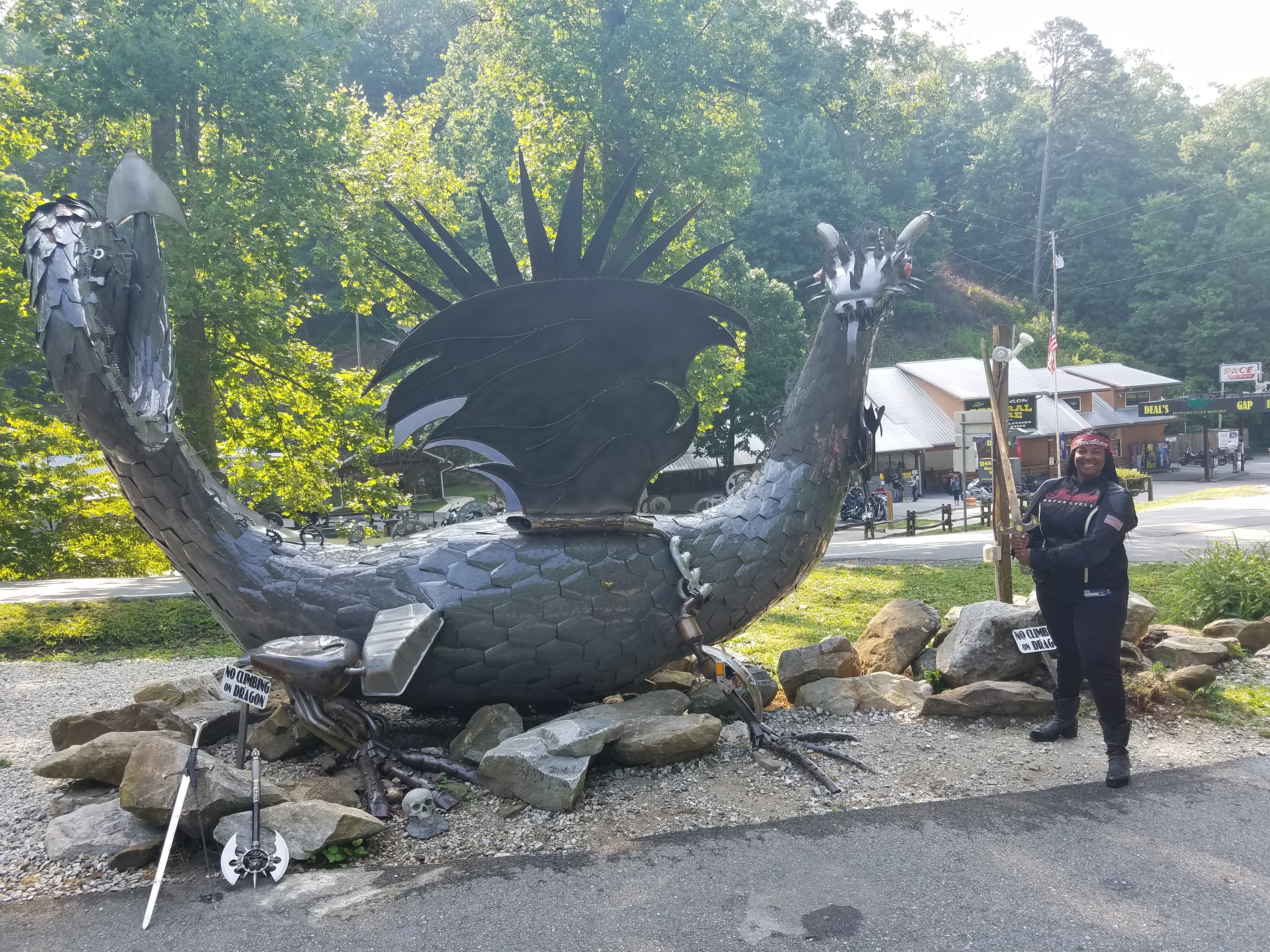



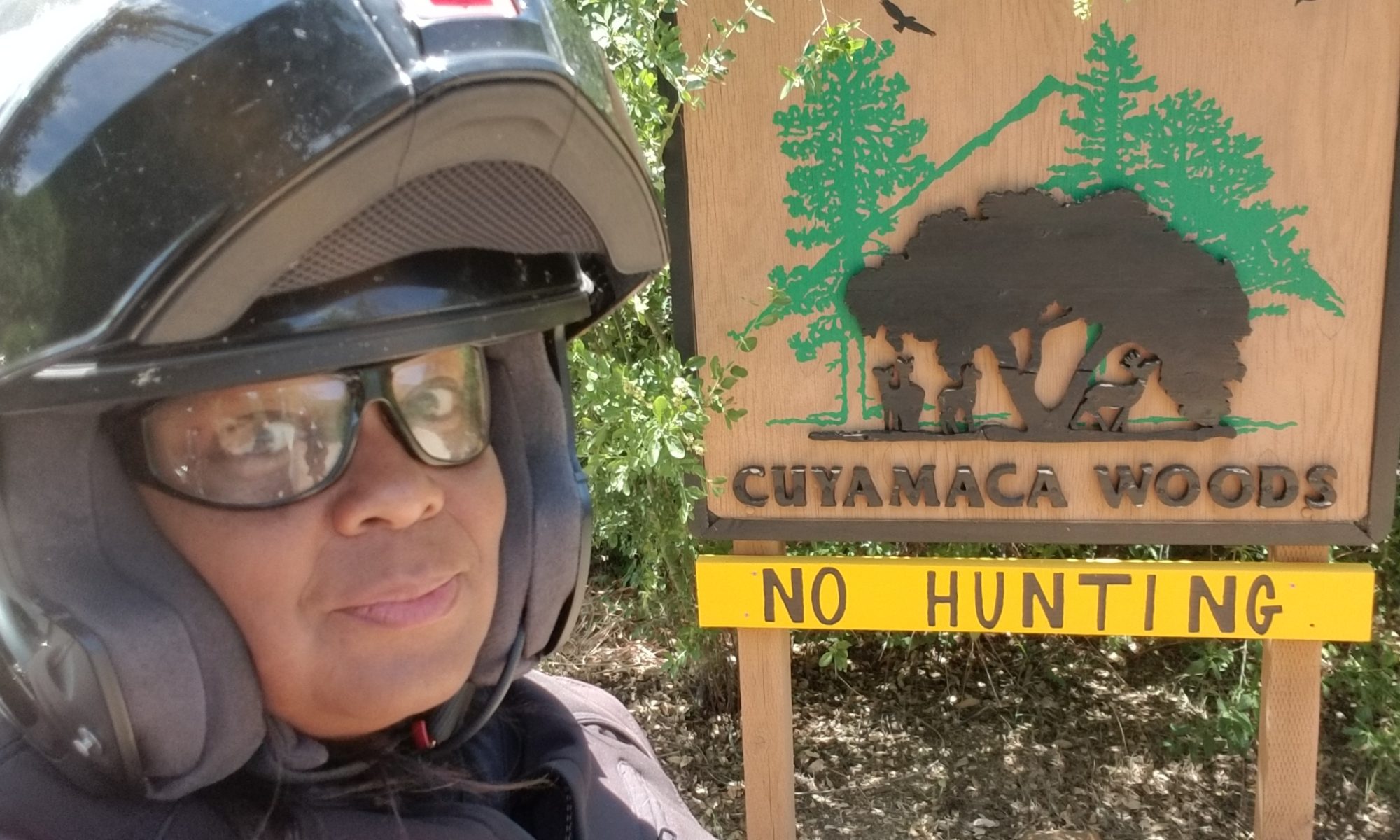


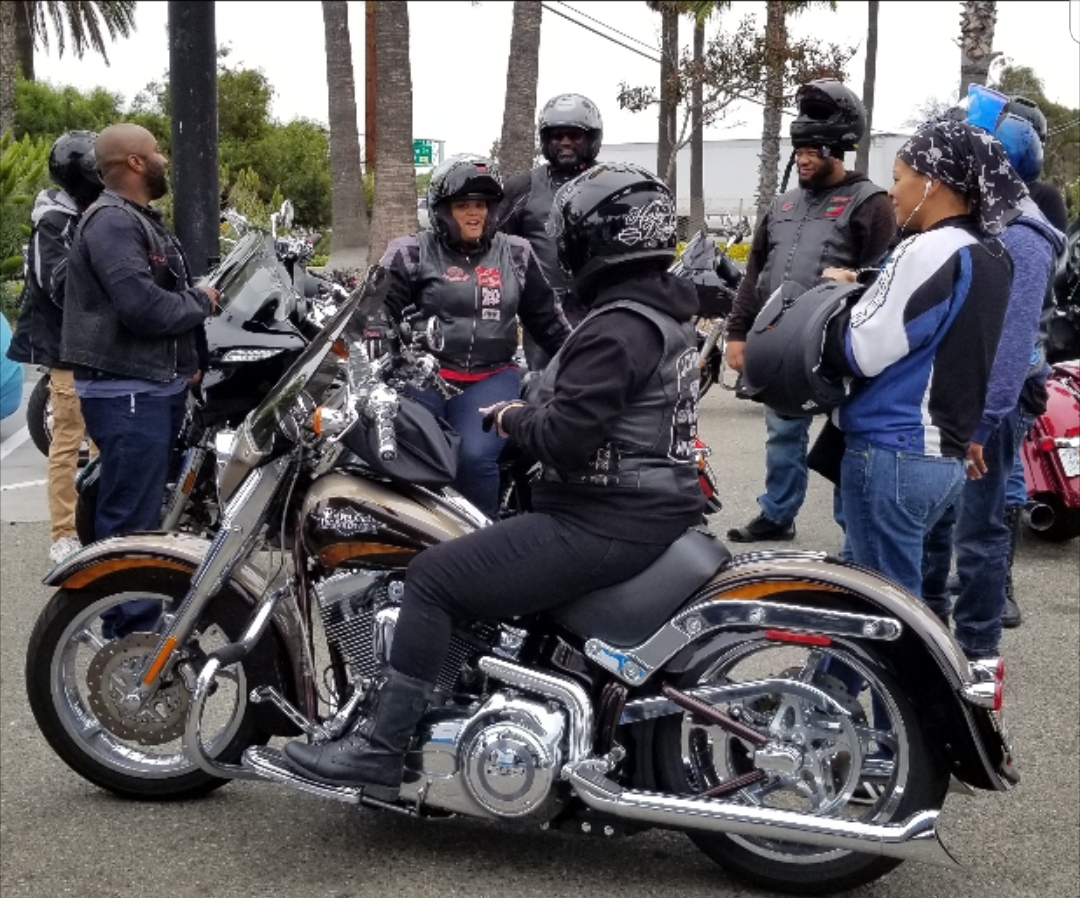
















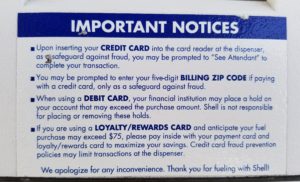
 Paying directly at the pump can cost you an additional $1.00 to $150.00 plus hold for days after paying for gas to fill up the tank.
Paying directly at the pump can cost you an additional $1.00 to $150.00 plus hold for days after paying for gas to fill up the tank.












